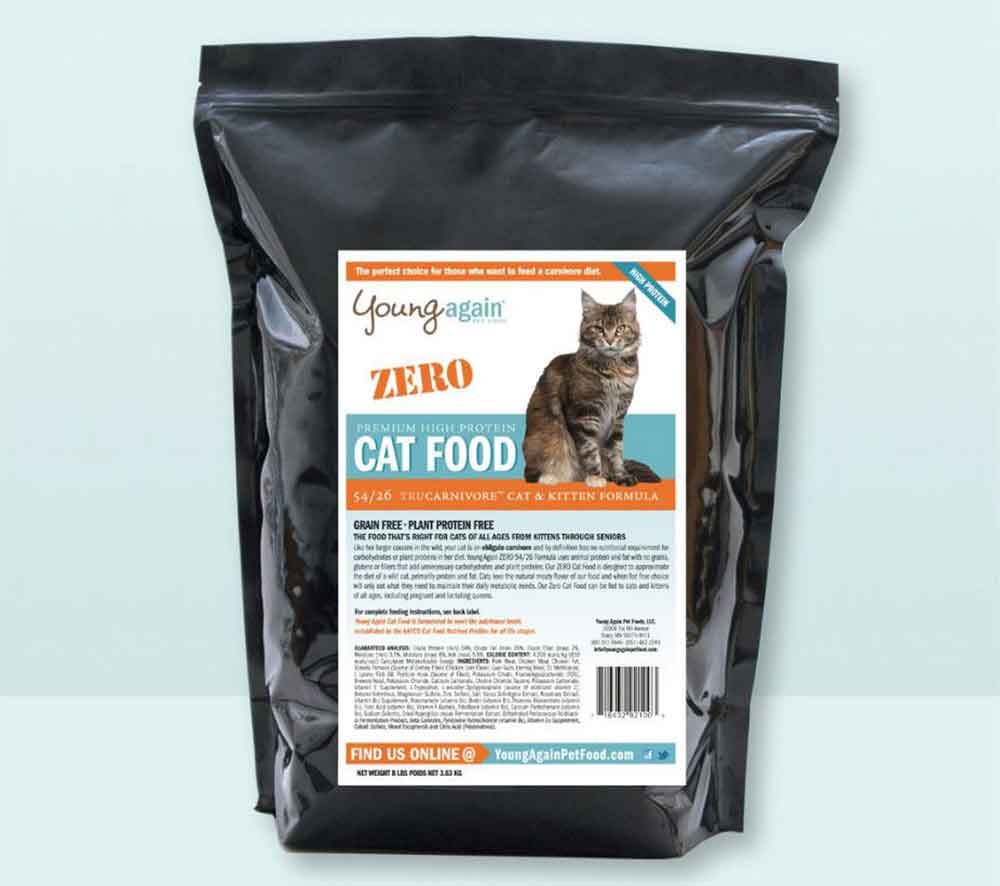Many people think that elevated blood sugar is a problem that is unique to humans. In fact, diabetes in cats is also quite common. In order to prevent a disease in a pet, it is necessary to clearly understand the reasons that lead to its appearance. There are several signs by which the development of diabetes in cats can be suspected. Treatment, which is prescribed to the animal after the diagnosis, helps to alleviate the condition and prolong its life.
What is diabetes and does it happen in cats?
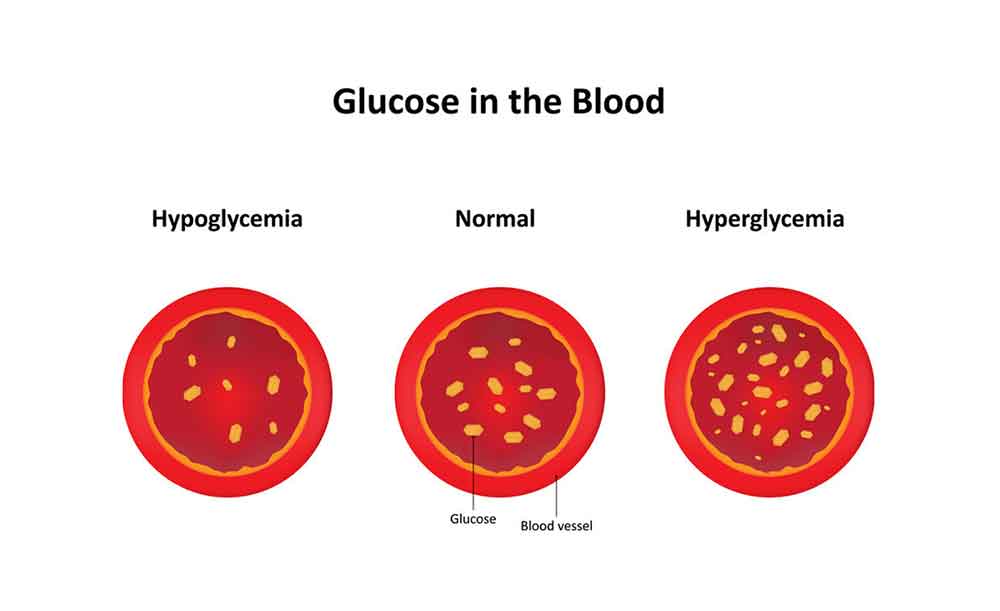
Diabetes mellitus is an endocrine disease caused by a malfunction of the pancreas. This body produces an important hormone, insulin, which helps glucose molecules migrate into cells. With its deficiency, carbohydrate accumulates in the blood, and tissues experience “hunger”.
An increase in the concentration of glucose in the bloodstream causes an increase in viscosity, as a result of which water from the cells rushes into the vessels. Tissues are dehydrated, and the animal has a feeling of thirst. This process entails an imbalance in all types of metabolism: water-salt, protein, carbohydrate, fat. To get energy, cells begin to break down fats and proteins. By-products of these reactions are ketone compounds that are toxic to the body and have an acetone odor.
5.8 mmol / liter is considered the norm of blood sugar for cats.
Diabetes in cats is a common disease. It is common in cats much more often than in other domestic animals. According to statistics, an illness caused by insulin deficiency is diagnosed on average in every four hundred cats. And this figure is increasing every year.
Causes of diabetes in cats
Veterinarians identify several predisposing factors and causes for the development of diabetes in cats. These include the age, gender and weight of the animal. Cats, especially castrated ones, get diabetes more often than others. At the same time, the risk increases when the pet reaches the age of five. Diabetes in kittens is extremely rare. A serious provoking factor in diabetes is also overweight.
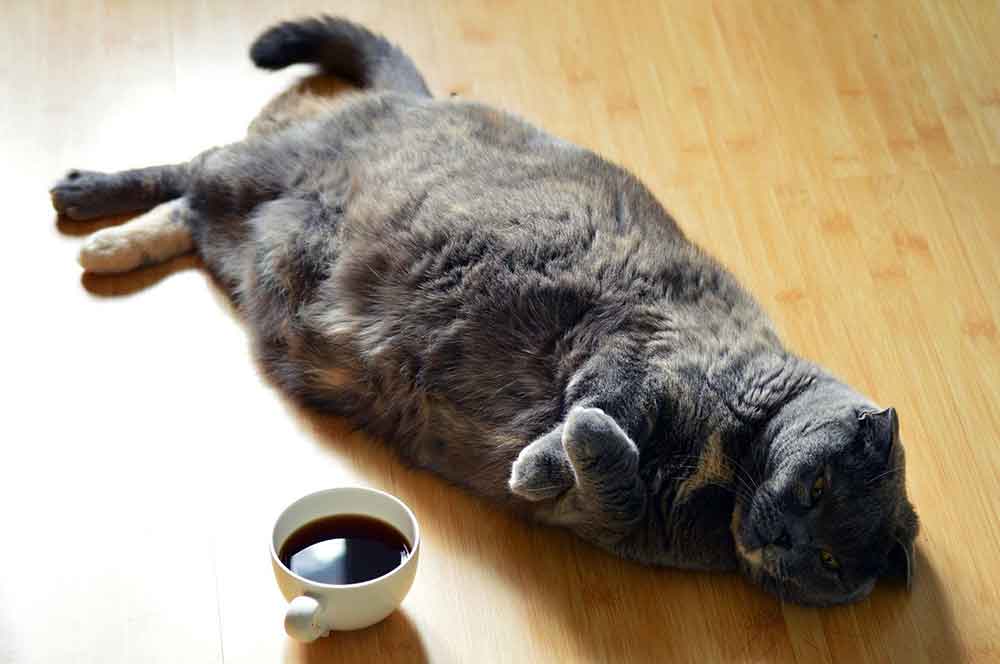
The main causes of diabetes in cats are:
- Unbalanced and excessive nutrition.
- Lack of movement and loads.
- Cat experiencing severe stress.
- Diseases of the liver caused by viruses.
- Digestive diseases.
- Unreasonable hormone therapy.
- Hereditary predisposition.
What are the types of diabetes in cats?
Diabetes mellitus is divided into two types. The pathology proceeding according to the first type develops when the death of all beta cells occurs. They are responsible for the synthesis of insulin in the pancreas. This critical condition is rare among cats, accounting for about 20%.
Type 2 diabetes is characterized by only a partial loss of beta cells. The pancreas produces insulin, but in insufficient quantities. This form is easier to treat, and veterinarians often give a positive prognosis.

Possible complications of diabetes in cats
Cat progressive diabetes mellitus, especially insulin-dependent type I, is dangerous for its complications. One of them is ketoacidosis, in which ketone bodies (keto acids) accumulate in the blood. This process causes an acid-base balance to shift to the acid side. Strong acidification of the body leads to dehydration, arrhythmia, tachycardia, convulsions. Signs of diabetes in cats with acidosis include nausea, vomiting, and diarrhea.
In cats, in 1.5% of cases, diabetic ketoacidosis is fatal
Against the background of diabetes in cats, infectious complications develop. A decrease in immune defense contributes to the rapid multiplication of pathogenic bacteria, viruses and fungi. This is manifested in the form of intestinal disorders of an infectious nature, cystitis, impaired renal function, skin diseases.
Another complication that occurs in cats due to diabetes is damage to the peripheral nerves (neuropathy). Nerves that innervate both internal organs and skeletal muscles suffer. This leads to muscle sagging, cramps, pain, loss of bladder control and other functional disorders.

Symptoms of diabetes in cats
Often, in the first stages of development, diabetes in cats goes unnoticed. The owners do not attach importance to the appearance of unusual symptoms, considering them minor deviations from the norm. However, every careful owner should know the main signs of diabetes in animals. These include:
Increased thirst, which is especially imperceptible when feeding wet food. Increased urine output and increased urination frequency. An increase in appetite that develops due to poor absorption of glucose. A decrease in the quality of the hair and its loss, the appearance of sores on the skin. “Shuffling gait” – a change in movement when walking and jumping due to weakness in the paws. Sudden changes in behavior when anxiety is replaced by aggression or apathy. The specific smell of acetone coming from the mouth, from wool and urine. An increase in heart rate is tachycardia.
Acetone odor – a characteristic characteristic only for type I diabetes
A cat with diabetes is trying to replenish energy reserves by increasing the amount of food
A characteristic symptom of advanced diabetes is a decrease in body weight. Due to the lack of insulin, glucose remains unclaimed, and the body is trying to get energy due to increased breakdown of body fat. In this case, primary obesity, which contributed to the development of the disease, goes into the opposite state.
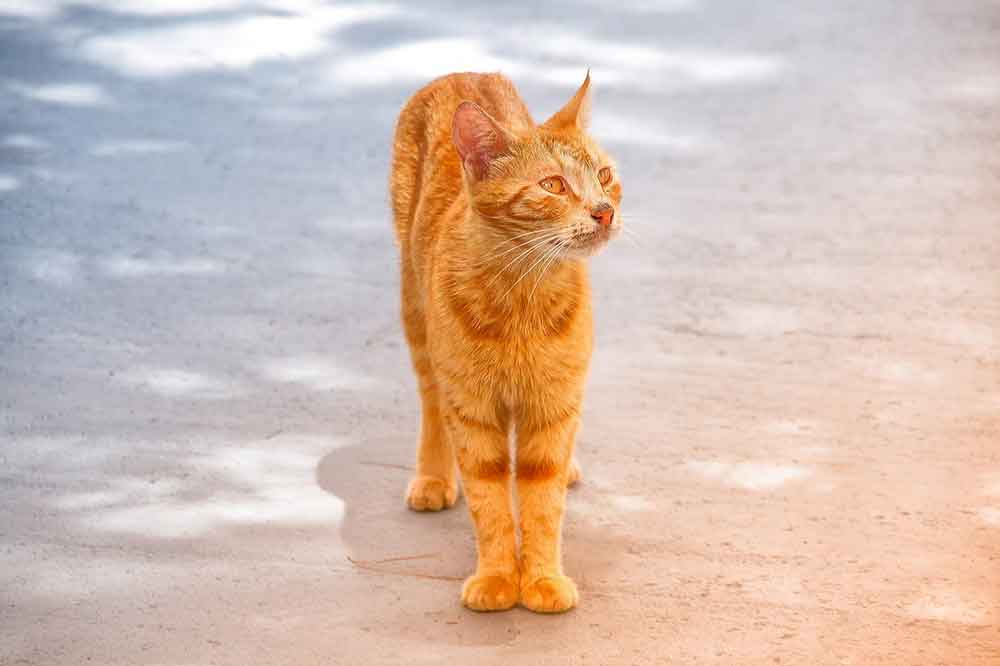
Diagnosis of the disease
Even if several symptoms of diabetes in cats are detected, it is not possible to establish a precise diagnosis. This requires laboratory tests. For diagnosis, a quantitative analysis of glucose in the blood and urine is performed. The test is repeated several times, since excess carbohydrate concentration can be single. Its cause is stress. The interval between analyzes is from one to five days.
In some cases, the veterinarian may suggest testing not for sugar, but for fructosamine in the blood. This compound is formed as a result of the interaction of glucose with blood proteins. Quantitative analysis of fructosamine helps determine the stage of diabetes in cats and further monitor the effectiveness of treatment.
Before the test, the cat cannot be fed, since blood is taken on an empty stomach

With diabetes in a cat, it’s useful to find out the exact amount of water consumed by the animal. The clinic also prescribes an ultrasound scan of the abdominal cavity organs (pancreas, liver, gall bladder) in order to identify structural pathology. If the pet has concomitant symptoms of heart disease, then the doctor recommends a cardiological examination.
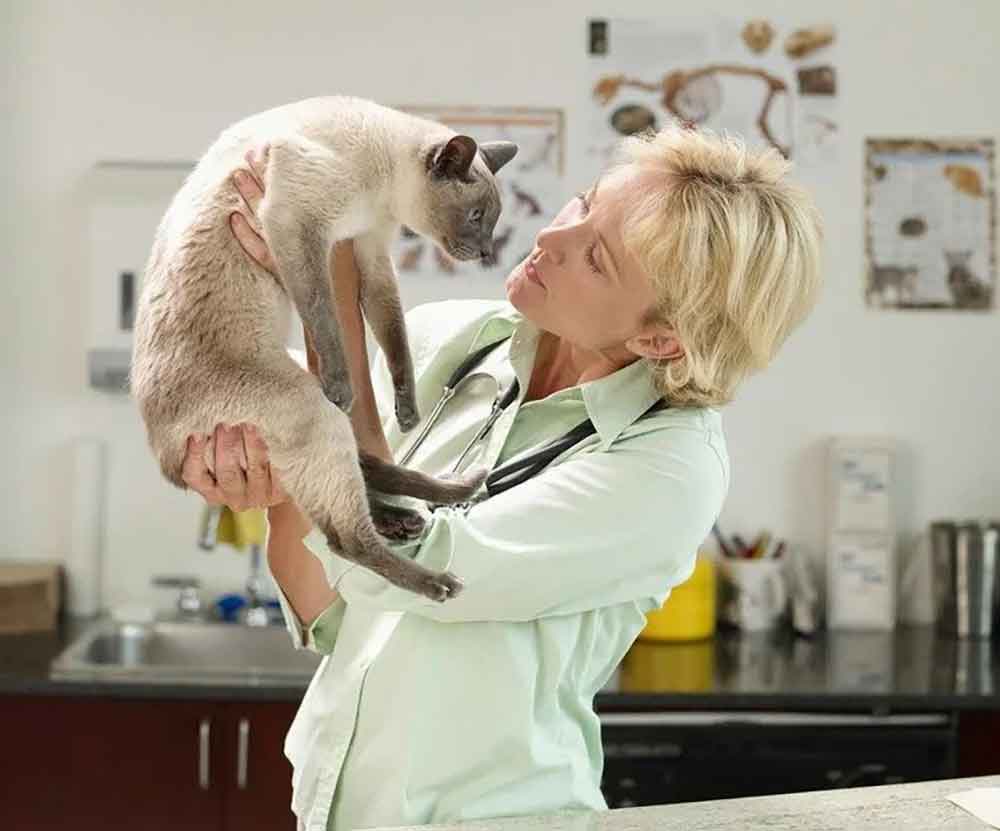
How to measure blood sugar?
A cat with diabetes should regularly measure glucose. To do this, you need a special device (a glucometer with test strips) and a drop of blood. The device is turned on, a test strip is installed in it. A code corresponding to the code on the strip packaging should appear on the screen. After that, the numbers are replaced by a drop image. This means that the appliance is ready for use.

A 21-23 G needle is installed in the piercing pen. Blood for express analysis is taken from the pet from the tip of the auricle or paw pad. If the cat has long hair on its ears, then it is cut in a small area so that it does not interfere with the puncture. Before taking blood, the skin can not be wiped with alcohol, lotion, gel. The pen-piercer is installed on the edge of the auricle and a puncture is made. The released red drop is applied to a test strip inserted in the meter. The injection site is wiped with a disinfectant (peroxide, chlorhexidine, alcohol).
Treatment for diabetes in cats
Therapy for diabetes includes various medications in tablet and injection form. The main goal of diabetes treatment is to achieve remission, when glucose does not rise above 8-10 mmol / liter and there is enough insulin in the body. It is not recommended to lower this indicator more strongly in sick animals, since in this case hypoglycemia develops. The treatment strategy, which only a doctor can determine based on clinical data, depends on the type of diabetes, the age of the pet and related diseases.
If a cat develops type I diabetes, then the main drug for treatment is short-acting insulin. Based on the weight of the cat and the needs of its body, the doctor calculates the dose and frequency of administration of the drug. To stop ketoacidosis, the cat is injected with a small amount of insulin, but their frequency exceeds the usual rate, which is 2 times a day. After stabilizing the concentration of glucose, they switch to treatment with medium and long-acting insulin (Caninsulin). It is administered morning and evening, making an injection at the withers or thigh.
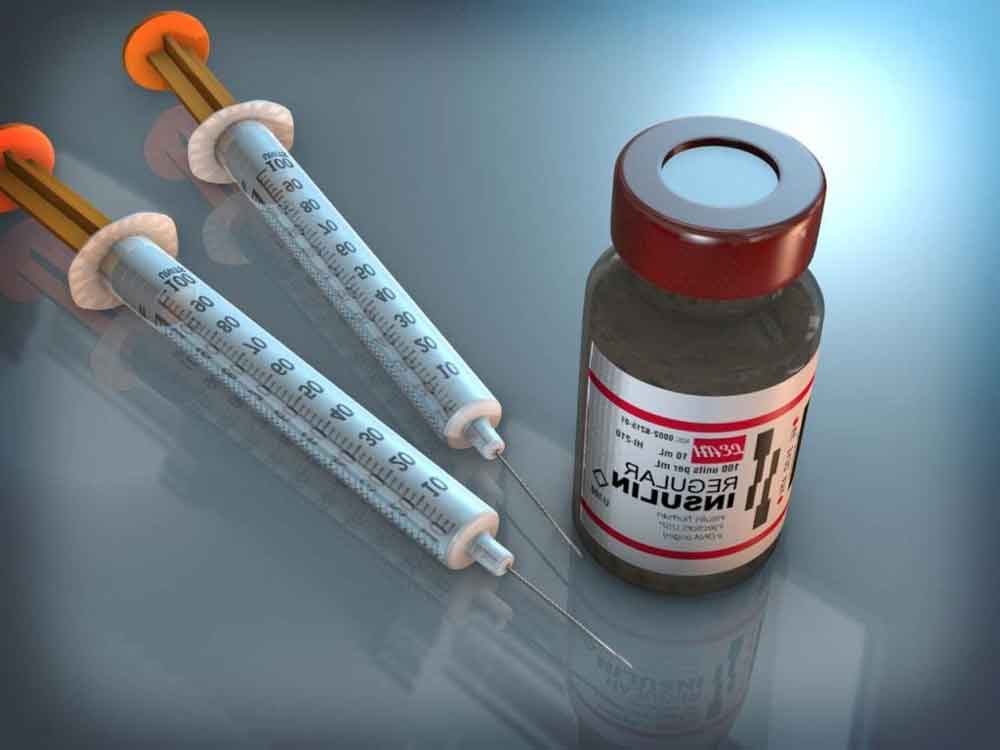
For cats with type II diabetes mellitus, it is advisable to use blood sugar-lowering tablets: Glipizid, Metformin, Acarbose, Glicvidon, Miglitol. The use of these drugs should be under the supervision of a veterinarian, since most of them give a side effect in the form of amyloidosis. At the same time, a complex substance of protein-carbohydrate origin is deposited in the tissues of the body, which leads to atrophy and functional organ failure.
During treatment, you need to keep a journal and draw up a schedule called the sugar curve.
Can an animal be completely cured?
The effectiveness of treatment for diabetes in pets depends on the stage of the disease, compliance with all recommendations prescribed by the veterinarian, and diet. In very severe cases, when the pathological process has gone far, doctors give a very cautious prognosis. In this case, it all depends on timely assistance to the animal and internal reserves of the body.
With a mild, not aggravated by complications, course of the disease, a favorable outcome is possible. Having stabilized the concentration of glucose at the optimum level and supporting it with dietary nutrition, we can expect that your beloved pet will live a long life. In this case, its quality and duration are the same as those of healthy brothers in the family.
Diet
Since a cat with diabetes is disturbed by food reactions and metabolism, it is very important to adjust the diet. Importance is given to the quality, quantity and frequency of feeding. It is recommended to feed a sick cat fractionally: 5-6 times a day. Servings should be small. This approach allows you to remove the load from the pancreas, when it is forced to produce a one-time large amount of the hormone to process all glucose received with food. Frequent minimized feeding ensures a stable level of insulin throughout the day.
If the cat is on insulin therapy, then an insulin injection must be done at one of the feedings
The next rule of the diet is the balance of nutrients. Food for a diabetic cat should contain a maximum of protein and a minimum of carbohydrates. An exception is made only for plant fibers. Fiber, which is not digested in the cat’s gastrointestinal tract, slows down the breakdown of sugars and the absorption of glucose. Due to this, the carbohydrate enters the bloodstream more slowly.
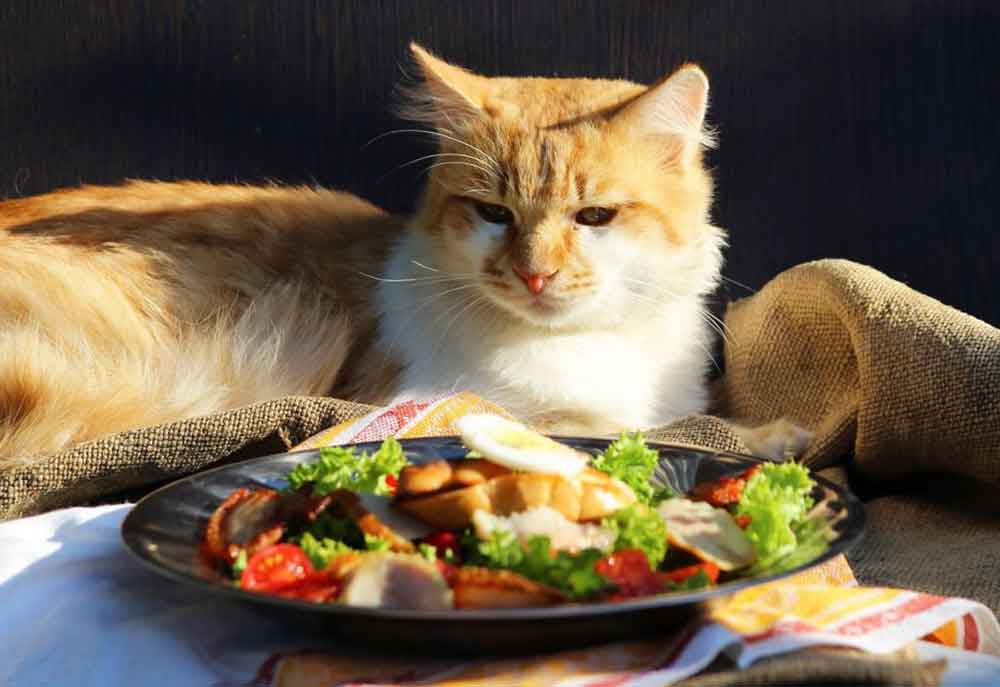
Food for diabetic cats
Modern manufacturers produce various types of feed for cats suffering from diabetes. They include ingredients that are allowed for this disease: animal and vegetable protein, fiber, rice, corn flour. Most products lack vegetables and herbs. The average amount of protein in them is 45%, fat – 18%, carbohydrates – 20%. To increase the appetite of the cat, the composition of the food mass includes flavorings of the liver or chicken.

The most famous brands of therapeutic diabetic feeds are:
- Royal Canin Veterinary Diet-Diabetic. The protein component is represented by chicken and soy flour. The composition contains cereals: corn and barley. As plant fibers, fiber is used for plantain seeds, which regulates the gastrointestinal tract.
- Purina Veterinary DietsDM. Dietary products from Sweden. It has a taste of the liver and contains chicken offal, soy protein, animal fat, corn starch.
- Farmina Vet Life Diabetic. A distinctive feature of this brand is a high content of biologically active substances (antioxidants, L-carnitine, taurine, inulin). The carbohydrate component is represented by oats, pea fibers.
- Hills Prescription Diet w / d. In addition to animal protein, chicken offal and cereal flour, L-carnitine is included. This substance helps break down fats and maintain a cat’s weight.
- Young Again Zero Carb Cat Food. American brand product. The composition includes chicken flour, pork protein, herring flour, fatty acids.
- Young Again 50 / 22Cat Food. A variation of the previous feed, which is distinguished by the presence of tomato cake and potato starch. The total amount of carbohydrates in it is only 4.6%.
If the pet has contraindications for the use of medicinal feed (for example, renal failure) or signs of intolerance, it is necessary to develop an individual diet from natural products. This is best done with the veterinarian. He will tell you the range of allowed and prohibited products.
Prevention of diabetes in cats
Given all the difficulties and consequences associated with diabetes in cats, it is important to remember and apply preventive measures. They are simple and affordable for every owner of a fluffy coffee. Firstly, the cat needs to organize rational nutrition in the optimal amount. This point is taken into account even for a kitten, as it may have a hereditary predisposition to obesity and insufficient insulin synthesis.
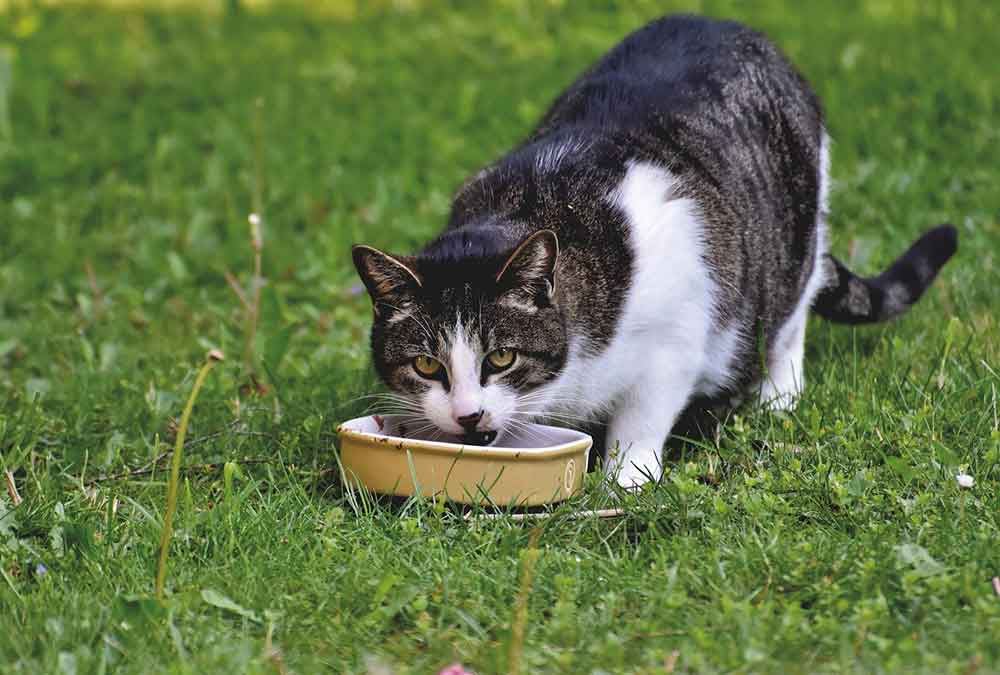
Secondly, every kitty needs regular “sports.” Active games, walks in the fresh air will help her to keep fit and healthy. Thirdly, an important point in prevention is medical examination. Periodic (once a year or six months) examinations, tests can help identify the ailment at the very beginning, even if the symptoms are not yet manifested. During this period, it is much easier to achieve a positive result and completely restore the health of the animal.
Attentive attitude to your pet is the key to his long healthy life and peace of the family in which he lives. Diabetes in a cat is a serious but treatable disease. If desired, it can be kept under control, thereby facilitating the well-being of the pet.
This article is merely informative, at Petsfeed.co we do not have the power to prescribe veterinary treatments or make any type of diagnosis. We invite you to take your pet to the vet in the event that it presents any type of condition or discomfort.



